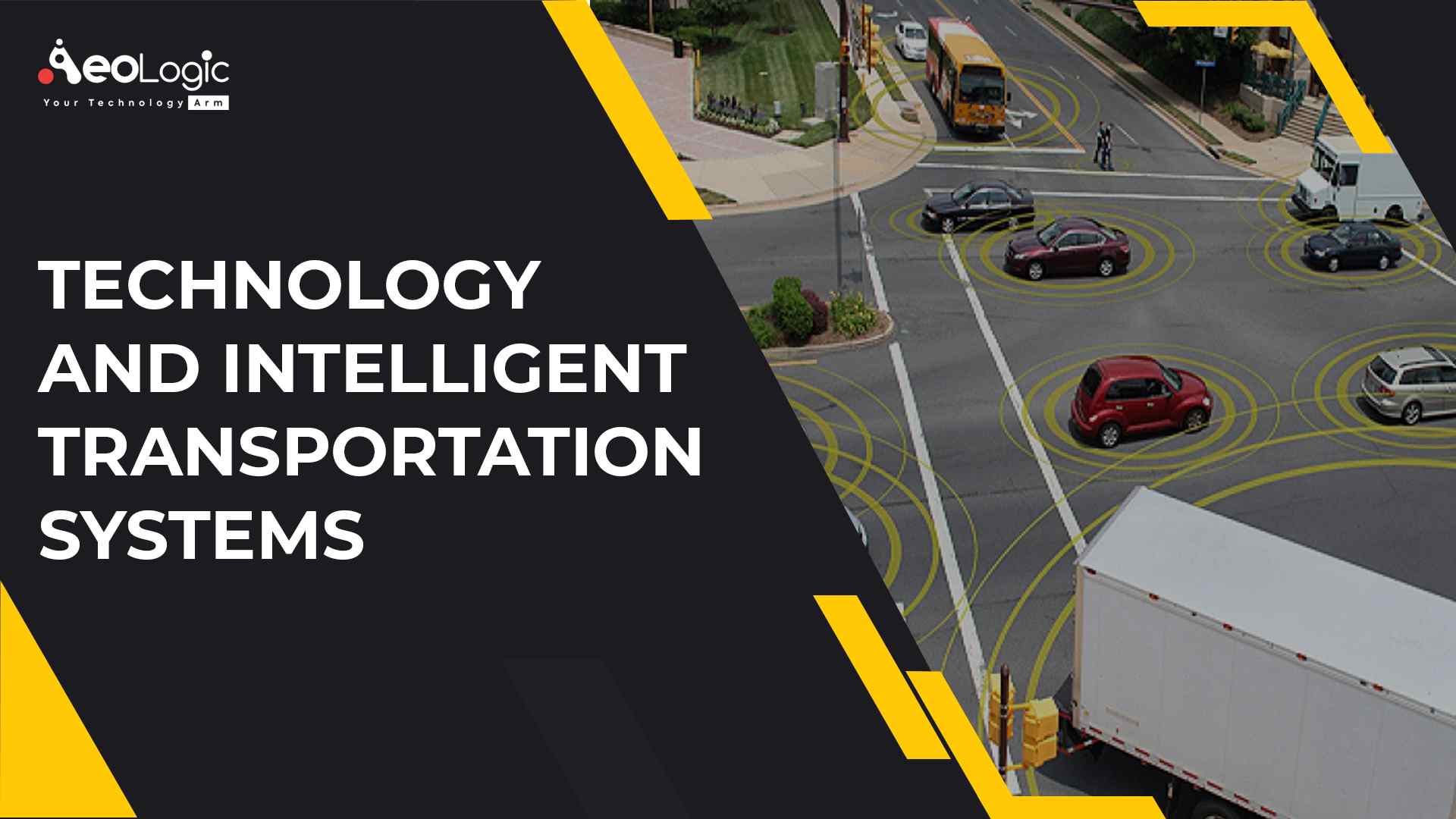In this new era of technology, most of us rely on intelligent transportation systems without even knowing it. These technologies include electronic toll collection, dynamic message signs, traffic cameras, real-time transit notifications, ramp meters, directional map applications, traveler information systems, smart parking systems, and advanced traffic signals.
Movement defines our world billions of interconnected journeys are made every day making it the most complex system on the planet. People want to travel further, faster and cheaper to reach out destinations safely and have goods delivered just in time from anywhere around the world.
This new era of intelligent transport will help in addressing the impacts of our lives in motion and allowing different technologies to work together, reacting seamlessly connectivity and pinpoint positioning.
A Brief About Intelligent Transportation Systems
An intelligent transportation system provides solutions that save lives, improve our overall mobility, increase the efficiency of our transportation system, and reduce our environmental footprint.
For intelligent transportation systems, reliable connections are critical, data must be delivered in real-time, securely, and quickly without delay. This means making sure that devices can access a wireless network in any environment enabling users to reach those in need quickly. Manage commute more efficiently and oversee mass transit more effectively.
The Revolutionizing of The Travel Experiences Include
1) Driverless vehicles that will reduce the number of crashes caused by human errors, as well as enabled contactless movement of goods and people.
2) Integrated technologies will solve mobility challenges for all travelers, with a focus on those in underserved communities.
3) Accessibilities applications will help travelers plan, execute and pay for their complete trips – from start to finish.
4) Emerging technologies such as artificial intelligence will support more informed predictions of traffic flow, incidents, road blockages, and conditions.
5) Advanced communication technologies will enable vehicles to exchange information to navigate our roads safer.
The Use of Open Source Data
For all these technologies to function, data must be shared openly. For example, open-source data from multiple states will provide travellers with in-depth information, both before and during their trip.
The use of open data can improve the safety of both travelers and transportation workers by enabling alerts to possible delays and hazards. Connectivity and open data communication for vehicles and infrastructure will aid crash-avoidance applications and improve traffic management.
The Implementation of Cybersecurity Technology
The threat of cyber attacks to the transportation and logistics industry is real. Modern transportation is global with high levels of connectivity, network complexity, and real-time data. Pair this with a lack of internal security expertise and you become a perfect target for cybercriminals.
With tax growing more frequent and sophisticated it’s time to get smart about cybersecurity.
Expanded cybersecurity efforts are needed to help defend our advancing transportation network from attack. This includes all modes of transportation.
Conclusion
To sum up, intelligent transportation systems are significantly impacting and uplifting the travel experiences and changing the overall dynamics of the transportation industry. With the implementation of various technologies, intelligent transportation systems have given a lot of benefits to many businesses hence it can be said that having an intelligent transportation system is now necessary.

Manoj Kumar is a seasoned Digital Marketing Manager and passionate Tech Blogger with deep expertise in SEO, AI trends, and emerging digital technologies. He writes about innovative solutions that drive growth and transformation across industry.
Featured on – YOURSTORY | TECHSLING | ELEARNINGINDUSTRY | DATASCIENCECENTRAL | TIMESOFINDIA | MEDIUM | DATAFLOQ









